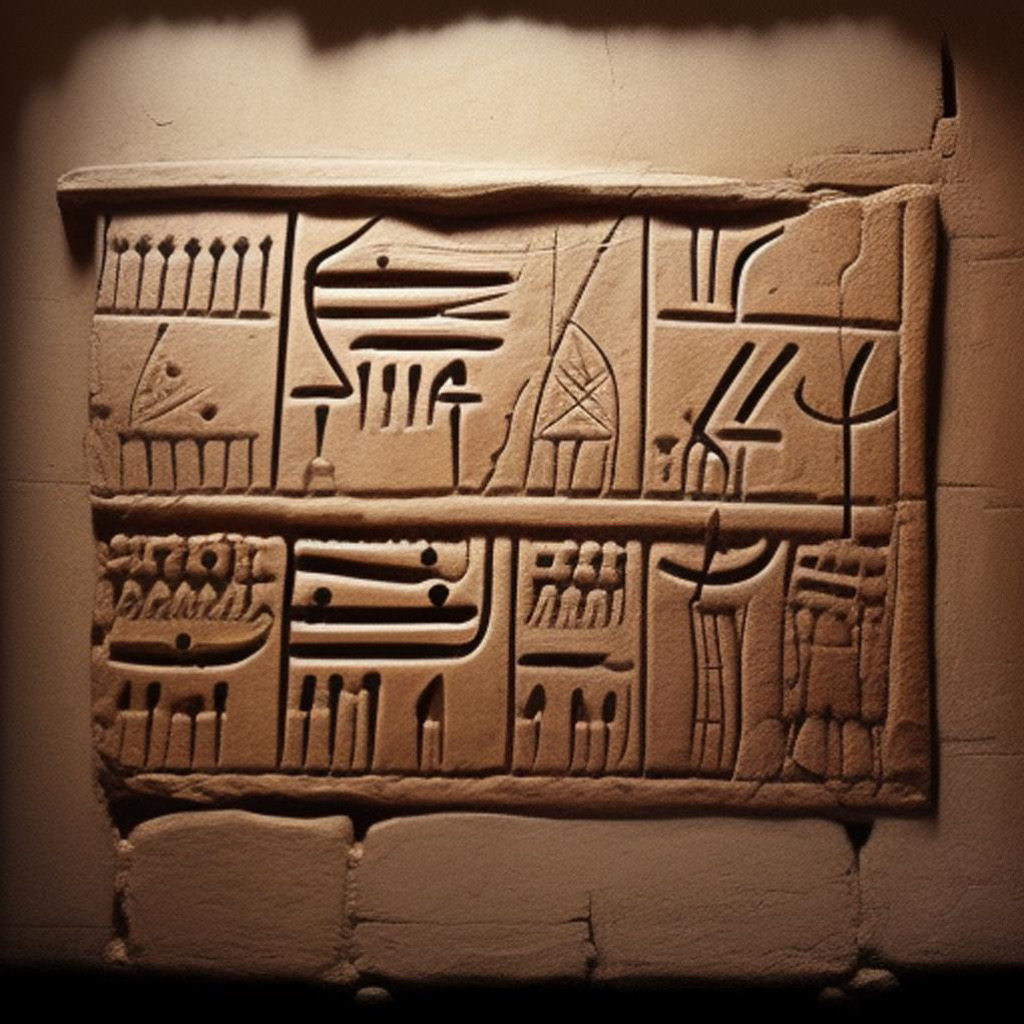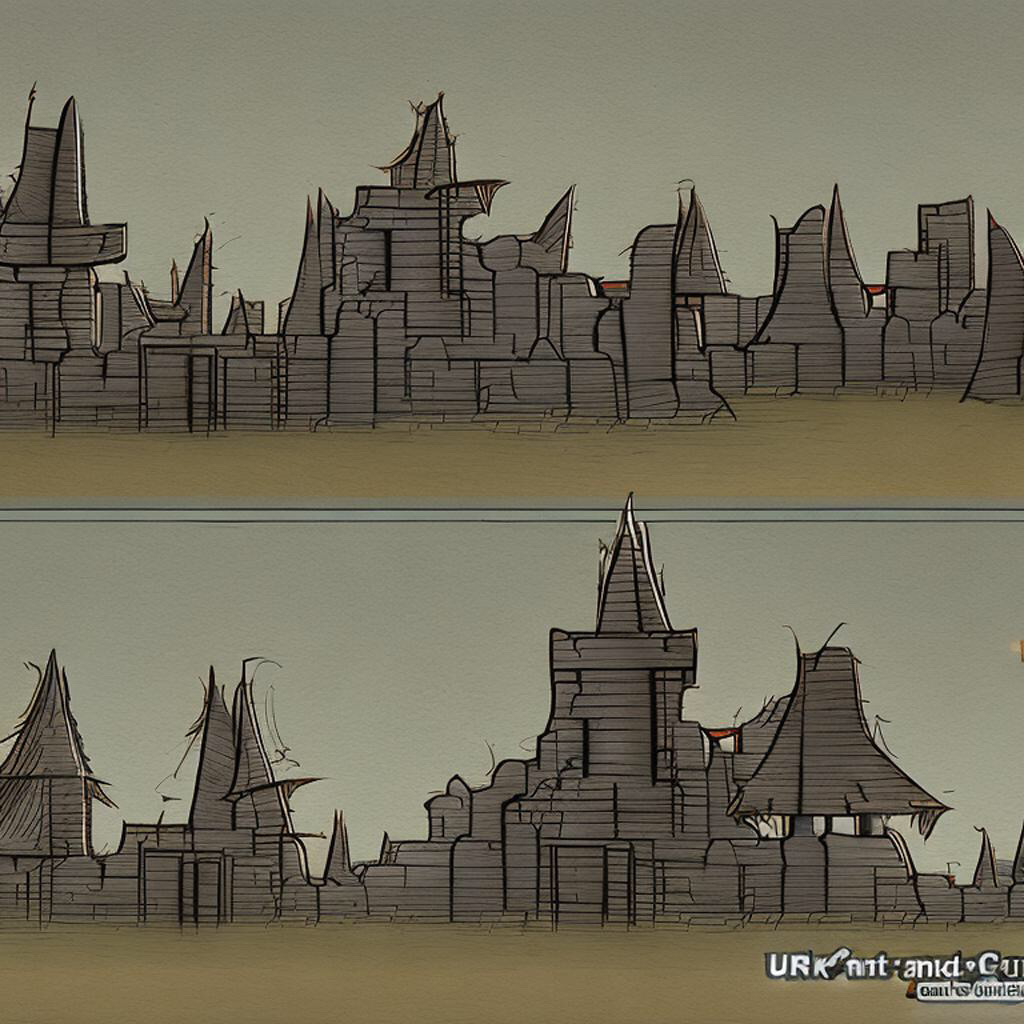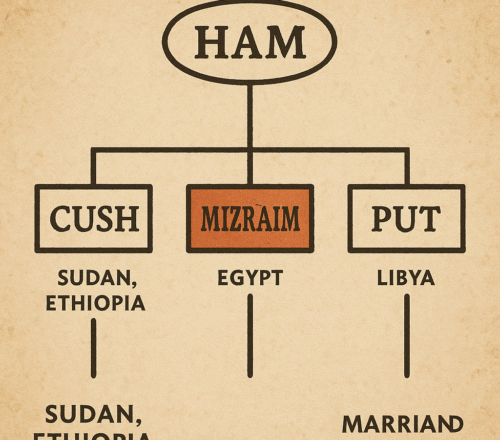
Table of Contents
What are the clay tablets
Clay tablets are ancient artifacts that were used for writing and documentation in various civilizations throughout history. These tablets were made from moist clay that was then dried or fired to harden it, creating a surface upon which inscriptions could be made using a stylus or other pointed object. Clay tablets were one of the earliest forms of recorded communication and served as a means of preserving information, such as administrative records, legal documents, religious texts, literature, and more.Some key civilizations known for using clay tablets
Sumerians
The Sumerians, an ancient civilization in Mesopotamia (modern-day southern Iraq), are among the earliest known users of clay tablets. They used a writing system known as cuneiform to record a wide range of information, from economic transactions to myths and epics.
Babylonians and Assyrians
These cultures inherited the cuneiform writing tradition from the Sumerians and continued to use clay tablets for various purposes, including recording astronomical observations, legal codes (such as the Code of Hammurabi), and historical annals.
Hittites
The Hittites, an ancient Anatolian civilization, also adopted cuneiform writing and used clay tablets for diplomatic correspondence, treaties, and other administrative records.
Ancient Egyptians
Although papyrus was more commonly used in ancient Egypt, clay tablets have been found with hieratic and demotic inscriptions, often used for educational purposes and administrative records.
Indus Valley Civilization
Clay tablets with undeciphered scripts have been found in the ancient cities of the Indus Valley Civilization, hinting at their use in this ancient culture.
These clay tablets are invaluable historical artifacts that provide insights into the daily lives, beliefs, languages, and interactions of these ancient societies. Over time, as civilizations developed more advanced writing materials like parchment and paper, the use of clay tablets gradually declined. However, their legacy remains, and they continue to be a fascinating window into the past, shedding light on the earliest forms of written communication and human expression.
Summary of civilizations known for using clay tablets
| Civilization | Region | Writing System | Use of Clay Tablets |
| Sumerians | Mesopotamia (Iraq) | Cuneiform | Administrative records, legal documents, myths, and literature. |
| Babylonians & Assyrians | Mesopotamia (Iraq) | Cuneiform | Astronomical observations, legal codes (e.g., Code of Hammurabi), historical records. |
| Hittites | Anatolia (Turkey) | Cuneiform | Diplomatic correspondence, treaties, administrative records. |
| Ancient Egyptians | Egypt | Hieratic, Demotic | Educational and administrative purposes, although papyrus was more common for writing. |
| Indus Valley Civilization | South Asia (Pakistan, India) | Undeciphered script | Clay tablets with undeciphered scripts found in ancient cities of the Indus Valley Civilization. |
Each of these civilizations used clay tablets as a means of recording and preserving various types of information, contributing to our understanding of their cultures and histories.
Shop Corner
Clay tablets on Amazon
Sumerian on Amazon
Babylonians and Assyrians On Amazon
Hittites On Amazon
Ancient Egyptians On Amazon
Indus Valley Civilization On Amazon
Code of Hammurabi On Amazon
Thank you for reading, shares and comments!
✨ Comment Policy ✨
We welcome thoughtful, kind, and constructive comments that contribute to meaningful conversations.
Please note:
- Promotional links and unsolicited offers will be removed.
- Spam, irrelevant content, or self-promotion without prior permission will not be published.
- We value quality engagement over quantity — thank you for helping us keep this a respectful and inspiring space!
Sources openai Language models, aitrot, picsart and mib
Take time to learn
Invest in your future
Embark on a journey into the realm of affiliate marketing and craft your own website within a vibrant, supportive community. Join me in this adventure, where you can begin as a free starter and stay as long as you desire. Enjoy complimentary hosting and foundational teachings to set you on your path. For those with advanced skills, opportunities to elevate your expertise await. Take a moment to explore and witness the magic for yourself!




